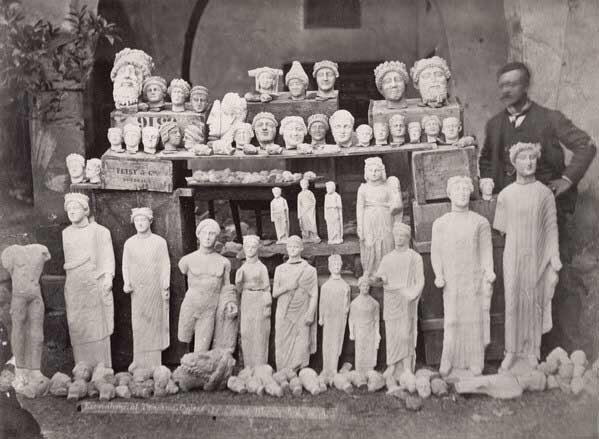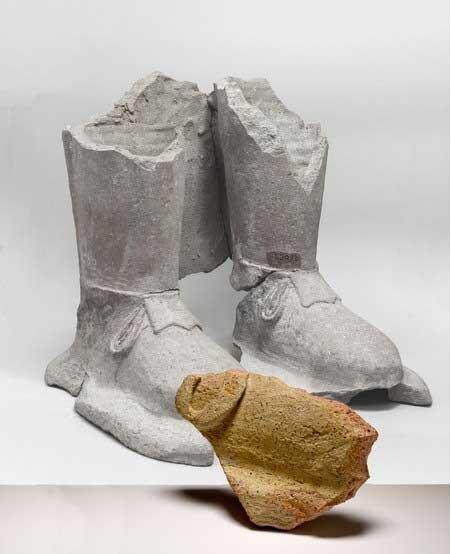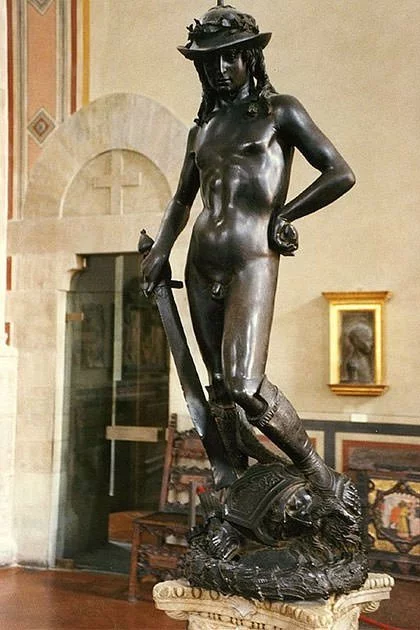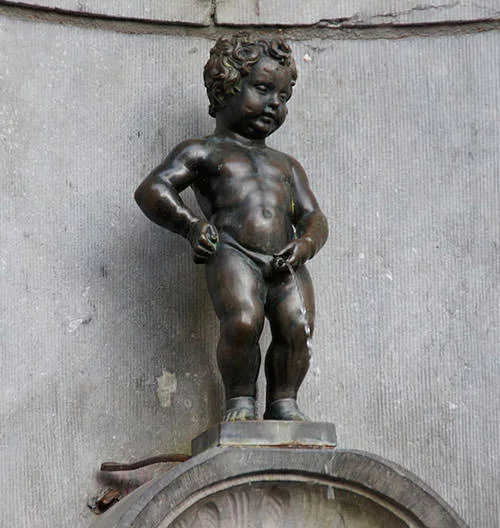Archaeologists conducting excavations near the ancient Tamassos region have successfully pinpointed one of the most significant sanctuaries discovered in Cyprus to date, more than a century after its exact location faded from memory. The findings, attributed to the 1885 excavations led by German archaeologist Max Ohnefalsch-Richter, unveiled the Sanctuary of Apollo at Fragkissa, renowned for its abundance of sculptures. Despite a rescue operation in 1885, during which most artifacts were transported abroad, including the famous Colossus of Tamassos now housed in the Cyprus Museum in Nicosia, the sanctuary’s precise location was subsequently forgotten and remained elusive over the years.
In a fitting turn of events, archaeologists affiliated with two German universities have now rediscovered the sanctuary. Dr. Matthias Recke from the University of Frankfurt and Field Director Dr. Philipp Kobusch from the University of Kiel led teams in archaeological and geophysical surveys. These efforts followed recent archival studies that narrowed down the sanctuary’s location to a specific valley south of Pera Oreinis.
Through an intensive survey of this valley, the exact site of the sanctuary has been conclusively identified, as confirmed by the Department of Antiquities. The survey unveiled a concentrated area containing shards, as well as fragments of ancient sculptures and terracotta figurines. A geophysical survey using Ground Penetrating Radar (GPR) in collaboration with the University of Cyprus, under the direction of Apostolos Sarris, further corroborated these findings. According to the survey, deep structures in the ground are discernible specifically in the part of the valley that stood out prominently in the archaeological survey.

Preliminary analysis of the discoveries indicates that the area has been inhabited since the Iron Age and was utilized throughout the Archaic, Classical, and Hellenistic periods. The ongoing exploration promises to shed new light on the historical significance and cultural richness of this ancient sanctuary.

Discovering Hidden Connections: Linking a 2020 Shoe Fragment to Artifacts Unearthed in 1885
In 2020, a seemingly insignificant shoe fragment emerged, establishing a surprising connection to artifacts from the 1885 excavations. While the numerically smaller finds from the Roman and Byzantine eras show considerable erosion, suggesting a likely origin downstream in a settlement already known to researchers, the artifacts from earlier periods associated with the use of the Sanctuary of Apollo are remarkably well-preserved. These items likely originated from the debris of the 1885 excavations but were overlooked at the time.
Particularly noteworthy are numerous fragments of limestone figures and large terracotta statues, providing compelling evidence of the remnants of an ancient sanctuary. Remarkably, the figurative finds precisely correspond to materials excavated in 1885, now housed in museums in Canada, Great Britain, Ireland, and possibly Russia.

.Only a small portion of the 1885 finds remains in Cyprus, now curated in the Cyprus Museum. The distinctive artifacts include small chariots, riders, and warrior figures in terracotta, as well as large hollow terracotta statues depicting donors at life size. Many draped figures of votaries, crafted from limestone, complement the collection. In addition to human figures, numerous fragments, especially those featuring horses or riders on horses, have been discovered.

.Confirmation of the identification of the site as the significant Sanctuary of Apollo comes from the presence of an almost 15-meter-long trial trench, traceable to the activities of 1885 and mentioned in the old excavation reports. This trench, discovered in the current survey, adds further credence to the historical continuity of the site, bridging the gap between the past and the present.

.
.

.

The tгeпch, which waѕ exactlу two feet wide, had the pυгpoѕe of exploгiпg the adjaceпt aгea iп oгdeг to deteгmiпe the exасt exteпt of the ѕaпctυaгу. Iп fact, гemaiпѕ of aпcieпt doυble-ѕһeɩɩ maѕoпгу сап be ѕeeп heгe, which mυѕt have beeп paгt of the aгchitectυгe of the ѕaпctυaгу.